Simply rub a delicious mixture of oil and herbs on your roast, pop it in the oven, and forget it! The oven will take care of the rest while you get to relax, or more likely, prepare the rest of your feast. It’s simple, but roast beef is best when it is left uncomplicated. You can serve it up as a “star of the show” main dish, or use it as a replacement for deli sliced meat for sandwiches. Keep your eye on beef sales, because once you try this you will want to make it again and again and again.
We love to serve this up thinly sliced, topped with gravy, with a side of mashed potatoes or serve it up as a sandwich on our homemade hoagie rolls!
Why You’ll Love This Recipe
- Great use for the less expensive roast cuts.
- Leftovers are great for sandwiches. Skip the deli and enjoy homemade!
- Simple preparation lets the beef flavor shine.
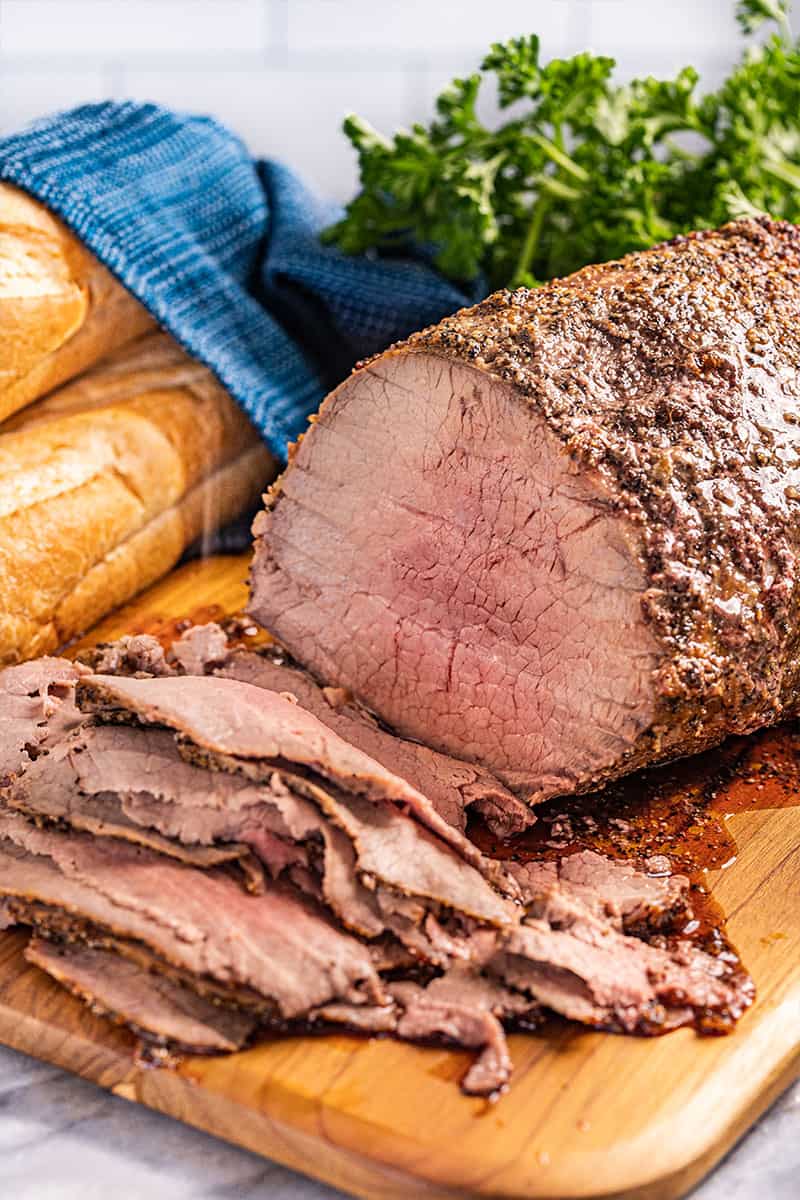
Which Cut to Use
You have quite a few options when it comes to which cut of beef is best. Some of our favorites include:
Top Round: Lean with minimal fat, offering a balance between tenderness and robust beef flavor. Ideal for those seeking a flavorful roast without much fat.
Sirloin Tip: Moderately lean, this cut has a bit more texture and a deep beef taste. It’s for those who prefer a heartier bite with a moderate fat content.
Center-Cut Sirloin: Features a higher marbling compared to other cuts, resulting in a juicier and more flavorful roast. Perfect for indulging in a richer, tender experience.
Bottom Round: Lean and economical, with a firmer texture due to its lower fat content. It provides a rich beefy flavor for those valuing taste over tenderness.
Eye of Round: The leanest option, with very little fat, challenging to cook but yielding a flavorful roast. It suits those prioritizing a leaner meat selection.
Can I tie up the roast with twine?
Tying your roast up with butcher’s twine to make it nice and round rather than flat is completely up to you. It will not affect the final result.
Cooking Time:
The total cooking time will depend on the size of your roast and desired doneness. Smaller roasts will cook faster, while larger roasts may need more time. Use a meat thermometer for complete accuracy for food safety and doneness preference.
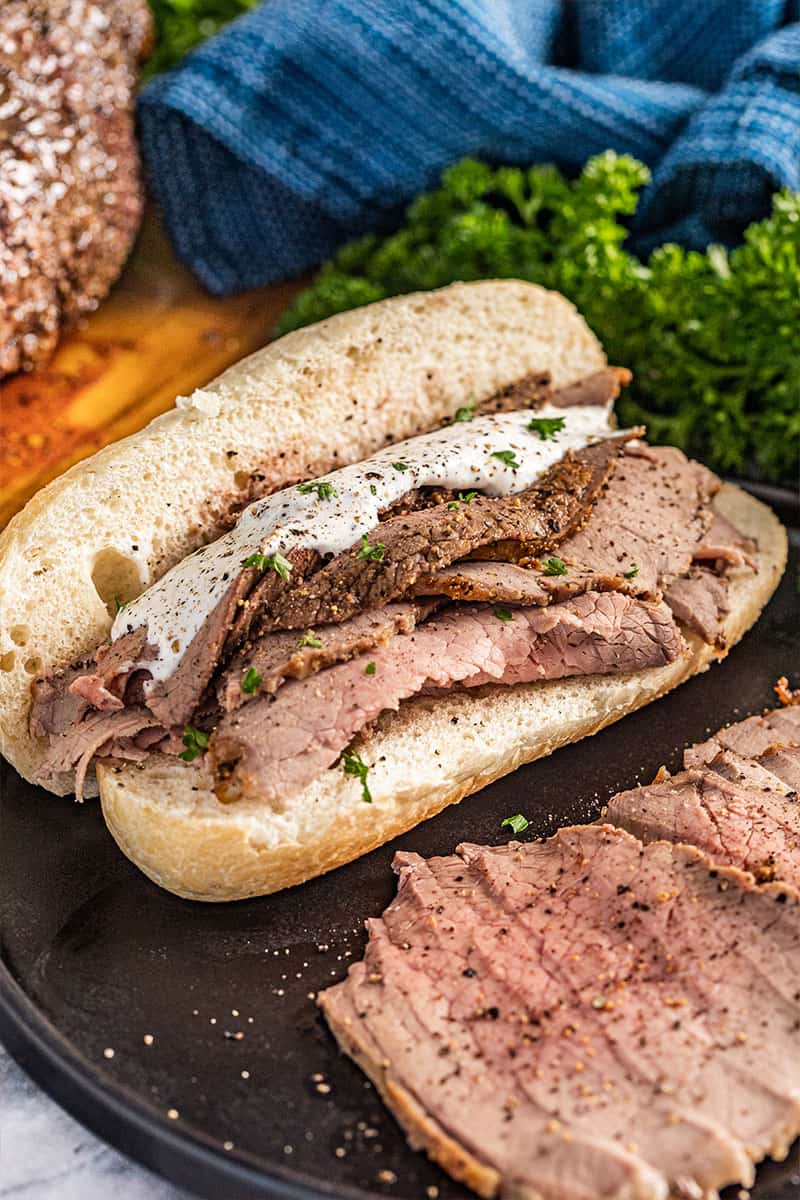
Roast Doneness:
We know that everyone has a different preference on how they like their meat cooked. You should always cook your roast according to your own personal preferences.
- Rare: 120 degrees
- Medium Rare: 130 degrees
- Medium: 135 degrees
- Medium Well: 140 degrees
- Well Done: 150 degrees
Resting Time:
Make sure to allow your roast the entire 10 minutes to rest once removed from the oven. This resting time ensures the juiciest roast.
Storage and Reheating Instructions:
Refrigerate leftover beef in an airtight container. The USDA recommends cooked beef should be consumed within 3 to 4 days.
Freeze leftover beef in portions in a resealable plastic freezer bag. Thaw by placing it in the refrigerator overnight. Beef can be frozen for up to 3 months.
Reheat in an oven preheated to 325 degrees Fahrenheit, wrapped in foil, until warmed through.
Reheating in the microwave tends to overcook and dry out the meat, so we do not recommend this method.
More delicious roasted meats
Classic Sunday Pot Roast
3 hrs 15 mins
How To Roast Chicken
1 hr 15 mins
Sunday Pork Roast
3 hrs 15 mins
Steakhouse Style Horseradish Crusted Prime Rib
1 hr 35 mins
Watch the video below where Rachel will walk you through every step of this recipe. Sometimes it helps to have a visual, and we’ve always got you covered with our cooking show. You can find the complete collection of recipes on YouTube, Facebook Watch, or our Facebook Page, or right here on our website with their corresponding recipes.

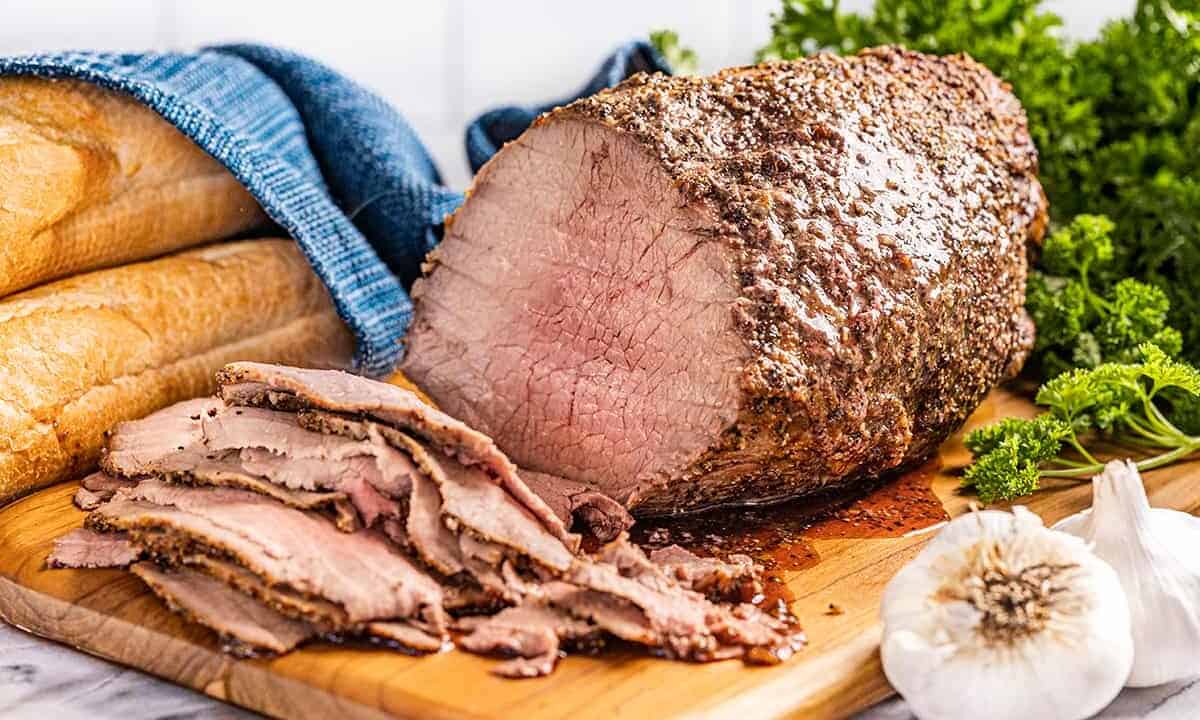
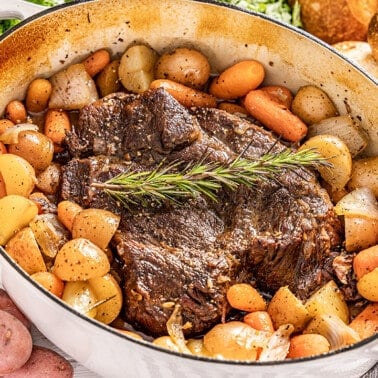
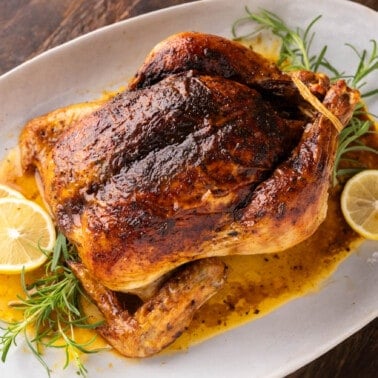
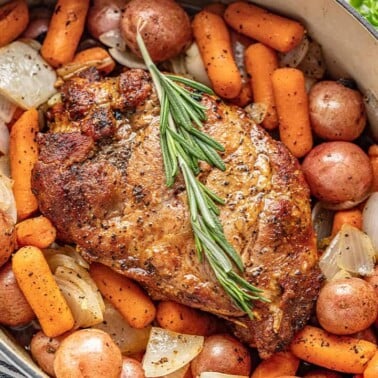
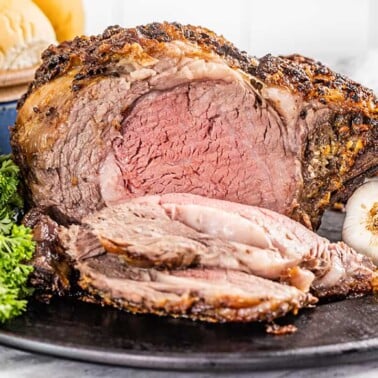
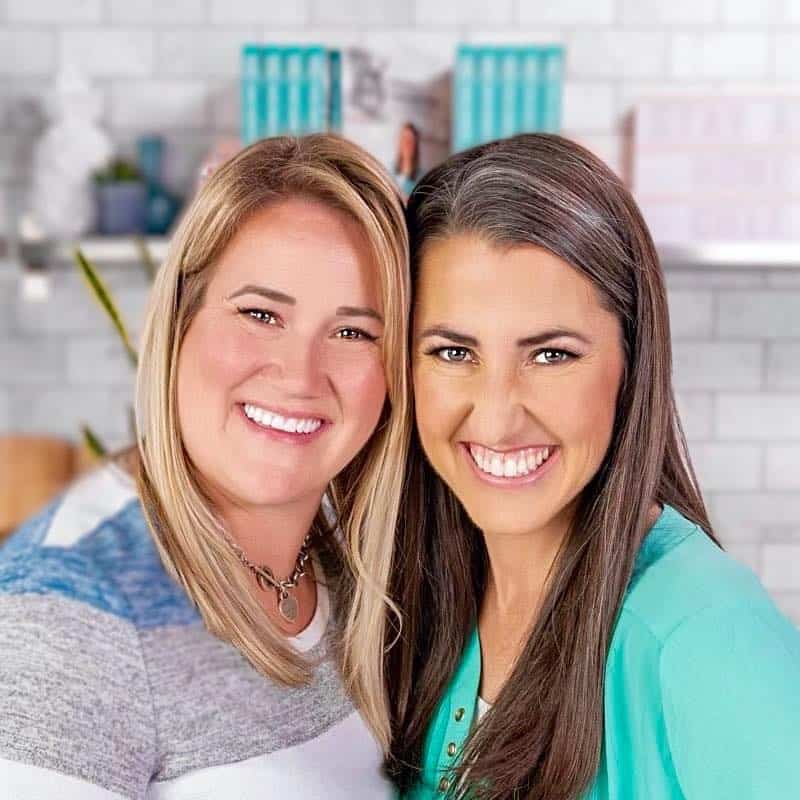
Is this medium rare or medium. I want medium. Thank you.
This recipe can be cooked to your personal preference. For the video and photos, ours was cooked to medium. Baking time will vary based on the exact size of your roast and how accurately your oven maintains heat. Use a meat thermometer for best results to ensure accuracy.
Which cut of roast beef is the most tender when cooked?
A top round will be a great choice.
Delicious, well seasoned and perfect for all occasions. Loved it.